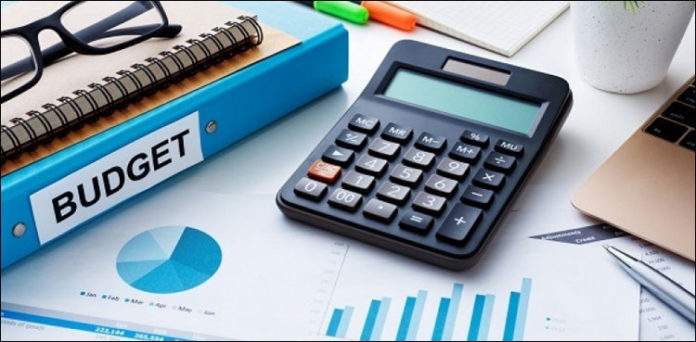 Web Desk
Web Desk

Islamabad: The Annual Plan Coordination Committee (APCC) has granted approval for the next budget 2023-24, projecting a real GDP growth rate of 3.5% and an inflation rate of 21%. The current account deficit (CAD) has been set at $6.2 billion, equivalent to 1.7% of GDP, indicating a continuation of import restrictions in the upcoming budget.
The government’s approach to satisfying the International Monetary Fund (IMF) regarding macroeconomic projections for the next fiscal year is yet to be determined.
According to the approved macroeconomic framework, the external sector is expected to improve due to falling global commodity prices and reduced dependence on wheat and edible oil imports, thanks to higher domestic production. Market-based exchange rates, pro-export policies, and relaxed import controls are anticipated to enhance the performance of export industries in 2023-24.
Additionally, the formalization of workers’ remittances through official channels is expected to improve once the gap between inter-bank and open market exchange rates is resolved. Furthermore, capital flows related to Geneva pledges for flood-related initiatives are anticipated to further enhance the country’s Balance of Payments position.
Also Check:
Pakistan Set to Witness 50% Increase in Natural Gas Prices from July
The economic outlook for the next year appears positive, with a growth target of 3.5%, a significant improvement compared to the 0.29% growth estimated for the current financial year. The revival of growth hinges on political stability, external account management, and macroeconomic stability, alongside an expected decrease in global oil and commodity prices.
While falling global inflation is likely to contribute to a gradual reduction in domestic inflation next year, double-digit inflation is expected to persist. The agriculture sector is projected to grow at 3.5% in 2023-24, contingent upon favorable weather conditions, adequate water availability, certified seeds, fertilizers, pesticides, and affordable agriculture credit facilities. Increasing livestock productivity is crucial for the sector’s revival.
The revival of cotton production and sufficient wheat production will not only support growth momentum but also alleviate Balance of Payments pressures by reducing import requirements.
The industrial sector is expected to recover in 2023-24 as demand and supply shocks dissipate. Growth of 3.4% is anticipated, with large-scale manufacturing (LSM) expected to grow at 3.2%. The industrial sector is likely to benefit from improved inputs and energy supplies due to anticipated decreases in global oil and commodity prices, increased public sector expenditure, and infrastructure development mega-projects.
However, there are potential risks associated with high-interest rates and exchange rate uncertainties, which may increase the costs of working capital and raw materials. Additionally, higher prices of construction materials may impact construction in the housing sector and infrastructure projects.
The services sector is also expected to grow at 3.6%. The projected growth in commodity-producing sectors will complement the targeted growth in the services sector. Increased economic activity in agriculture and manufacturing is expected to translate into higher growth in wholesale and retail trade, as well as transport, storage, and communication. The tourism industry is anticipated to gain momentum, generating socioeconomic benefits that will extend to retail trade, hotels, and restaurants.
The investment-to-GDP ratio is expected to rise from 13.6% in 2022-23 to 15.1% in 2023-24, driven by stabilization and political stability. Fixed investment is forecasted to grow by 40.5% on a nominal basis, with its share of GDP increasing from 11.9% in 2022-23 to 13.4% in 2023-24. The National Savings rate is targeted at 13.4% of GDP.
Fiscal consolidation measures focusing on reducing subsidies and addressing the energy sector’s circular debt are expected to narrow the fiscal deficit. The monetary policy stance will align with the objectives of reviving growth and managing inflationary expectations. With falling global inflation, domestic average inflation is projected to gradually decrease to 21% next year.

